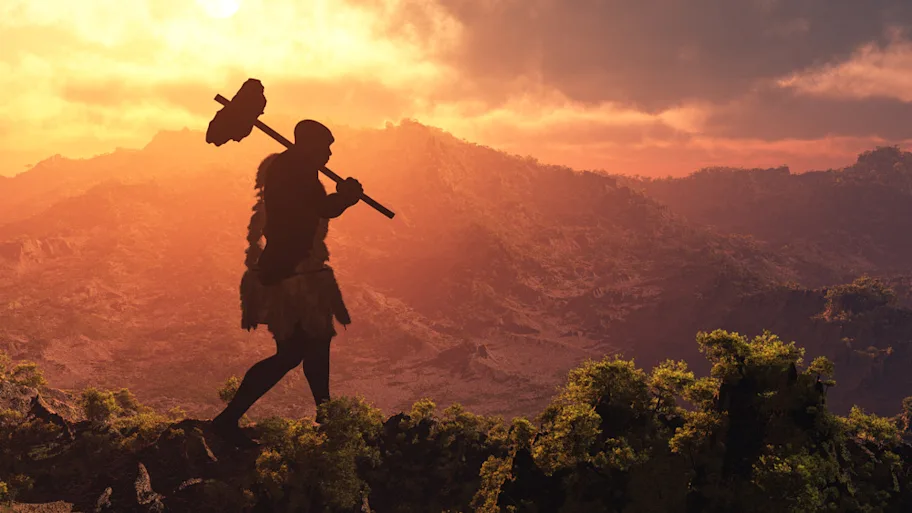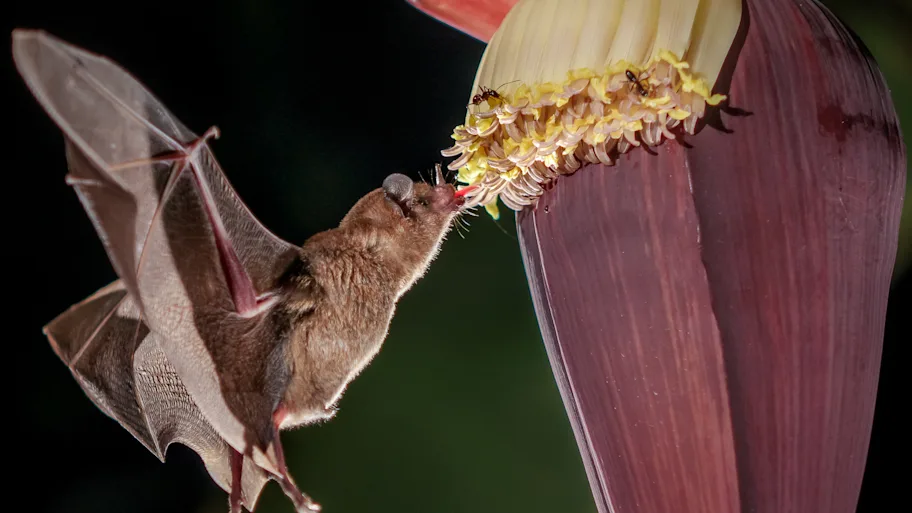
- Science News
- Featured news
- Scientists peel back ancient layers of banana DNA to reveal mystery ancestors
Scientists peel back ancient layers of banana DNA to reveal mystery ancestors
By Mischa Dijkstra, Frontiers science writer

Researchers compare the genomes of more than 200 wild and domesticated varieties of bananas and show that three extra ancestors, either subspecies or distinct species, must have been involved in the domestication process. They also deduce the geographic regions in Australasia where these mystery ancestors lived. If they haven’t gone extinct, they are likely threatened and it’s urgent to find and protect them, to preserve genetic diversity that could help breed better bananas.
Bananas are thought to have been first domesticated by people 7,000 years ago on the island of New Guinea. But the domestication history of bananas is complicated, while their classification is hotly debated, as boundaries between species and subspecies are often unclear.
Now, a study in Frontiers in Plant Science shows that this history is even more complex than previously thought. The results confirm that the genome of today’s domesticated varieties contains traces of three extra, as yet unknown ancestors.
► Read original article► Download original article (pdf)
“Here we show that most of today’s diploid cultivated bananas that descend from the wild banana M. acuminata are hybrids between different subspecies. At least three extra wild ‘mystery ancestors’ must have contributed to this mixed genome thousands of years ago, but haven’t been identified yet,” said Dr Julie Sardos, a scientist at The Alliance of Bioversity International and CIAT in Montpellier, France, and the study’s first author.
Complex domestication history
Domesticated bananas (except for the Fei bananas in the Pacific) are thought to be descended from a cluster of four ancestors – either subspecies of the wild banana Musa acuminata, or distinct but closely related species. M. acuminata seems to have evolved in the northern borderlands between India and Myanmar, and to have existed across Australasia approximately 10m years before they were first domesticated. A further complication is that varieties can have two (‘diploid’), three (‘triploid’), or four (‘tetraploid’) copies of every chromosome, and that many are also descended from the wild species M. balbisiana.
Recent smaller-scale studies suggested that even this already complex scenario might not be the whole story, and that further ancestors related to M. acuminata could have been involved in the domestication. The new results not only confirm that this is indeed the case, they also show for the first time that that these gene pools are common in domesticated banana genomes.
Banana collecting missions
The authors sequenced the DNA in 226 leaf extracts from the world’s largest collection of banana samples at the ‘Musa Germplasm Transit Centre’ in Belgium. Among these samples, 68 belonged to nine wild subspecies of M. acuminata, 154 to diploid domesticated varieties descended from M. acuminata, and four more distantly related wild species and hybrids as comparisons. Many had previously been gathered in dedicated ‘banana collecting missions’ to Indonesia, the island of New Guinea, and the autonomous region of Bougainville.
The researchers first measured the levels of relatedness between cultivars and wild bananas and made ´family trees´ based on the diversity at 39,031 Single Nucleotide Polymorphisms (SNPs). They used a subset of these – evenly spread across the genome, with each pair demarcating a block of approximately 100,000 ‘DNA letters’ – to statistically analyze the ancestry of each block. For the first time they detected traces of three further ancestors in the genome of all domesticated samples, for which no matches are yet known from the wild.
Mystery ancestors might survive somewhere
The mystery ancestors might be long since extinct. ‘But our personal conviction is that they are still living somewhere in the wild, either poorly described by science or not described at all, in which case they are probably threatened,’ said Sardos.
Sardos et al. have a good idea where to look for them: “Our genetic comparisons show that the first of these ‘mystery ancestors’ must have come from the region between the Gulf of Thailand and the west of the South China Sea. The second, from the region between north Borneo and the Philippines. The third, from the island of New Guinea.”
Could help breed better bananas
Which useful traits these mystery ancestors might have contributed to domesticated bananas is not yet known. For example, the crucial trait of parthenocarpy, fruit setting without the need for pollination, is thought to have been inherited from M. acuminata, while cooking bananas owe a large chunk of their DNA to the subspecies (or perhaps separate species) M. acuminata banksii.
Second corresponding author Dr Mathieu Rouard, likewise at The Alliance of Bioversity International and CIAT, said: “Identifying the ancestors of cultivated bananas is important, as it will help us understand the processes and the paths that shaped the banana diversity observed today, a crucial step to breed bananas of the future.”
“Breeders need to understand the genetic make-up of today’s domesticated diploid bananas for their crosses between cultivars, and this study is a major first step toward the characterization in great detail of many of these cultivars.”
Sardos said: “Based on these results, we will work with partners to explore and genotype wild banana diversity in the three geographic regions that our study pinpointed, with the hope to identify these unidentified contributors to cultivated bananas. It will also be important to investigate the different advantages and traits that each of these contributors provided to cultivated bananas.”
REPUBLISHING GUIDELINES: Open access and sharing research is part of Frontiers’ mission. Unless otherwise noted, you can republish articles posted in the Frontiers news site — as long as you include a link back to the original research. Selling the articles is not allowed.






